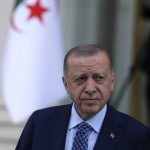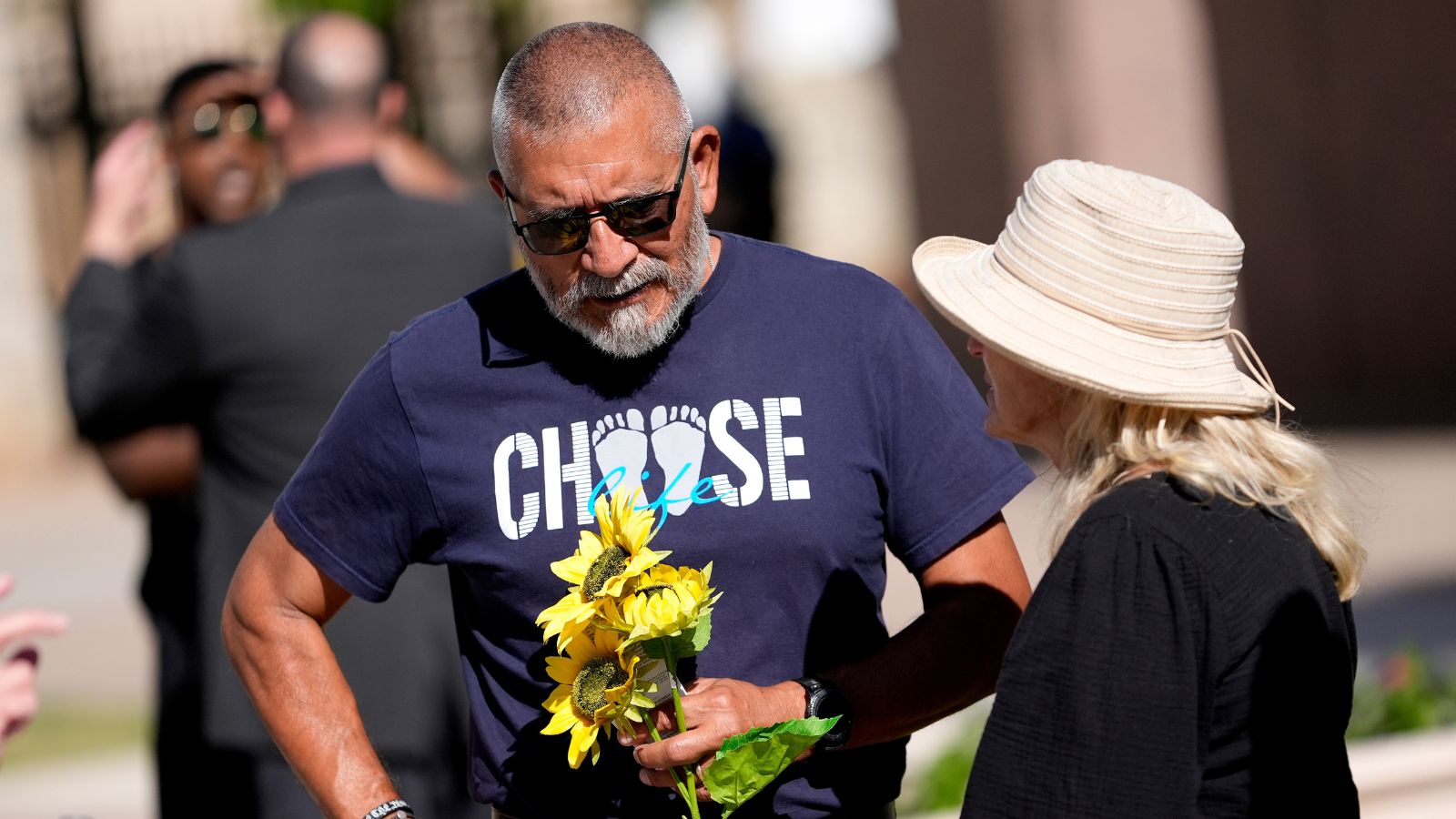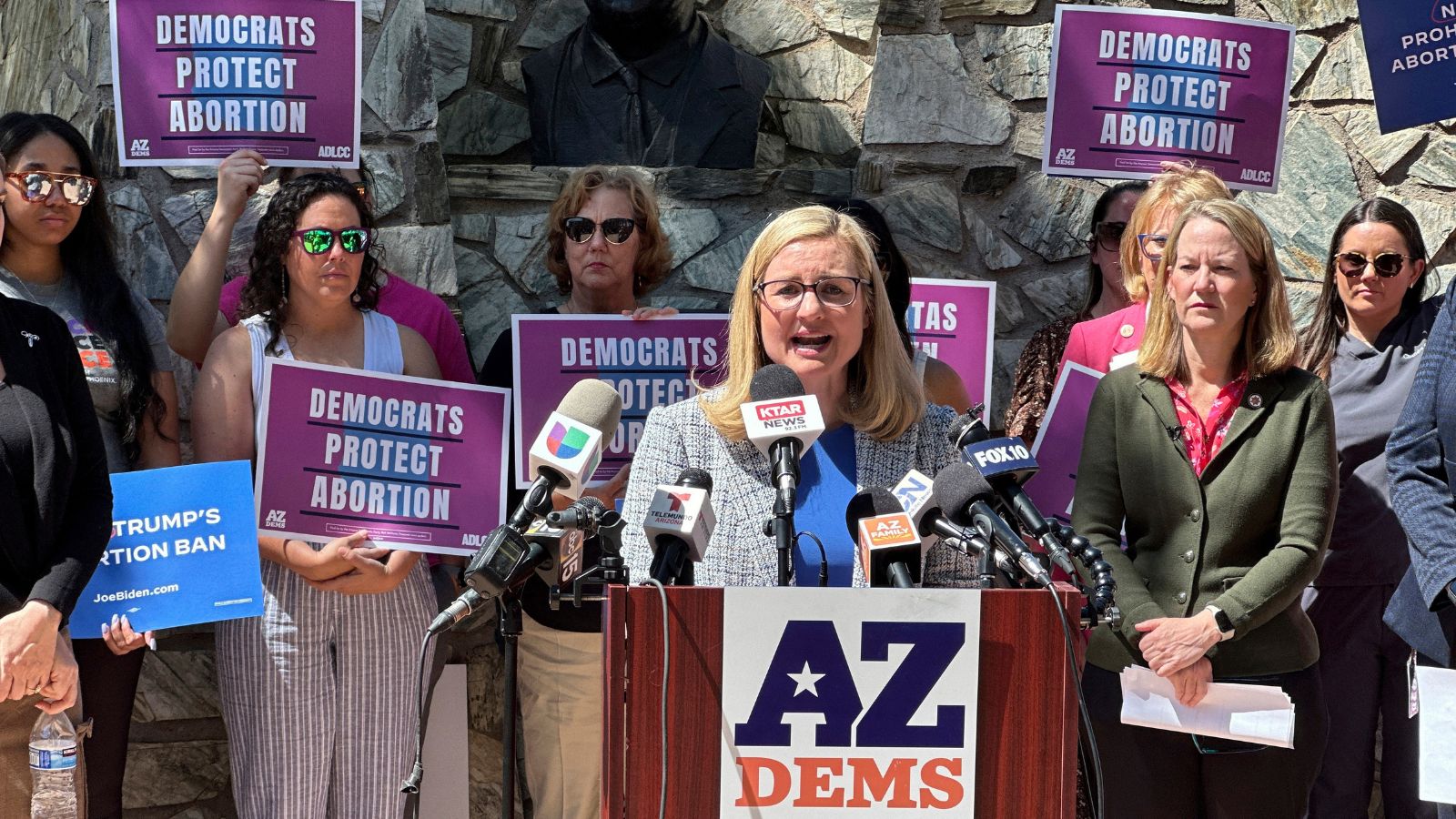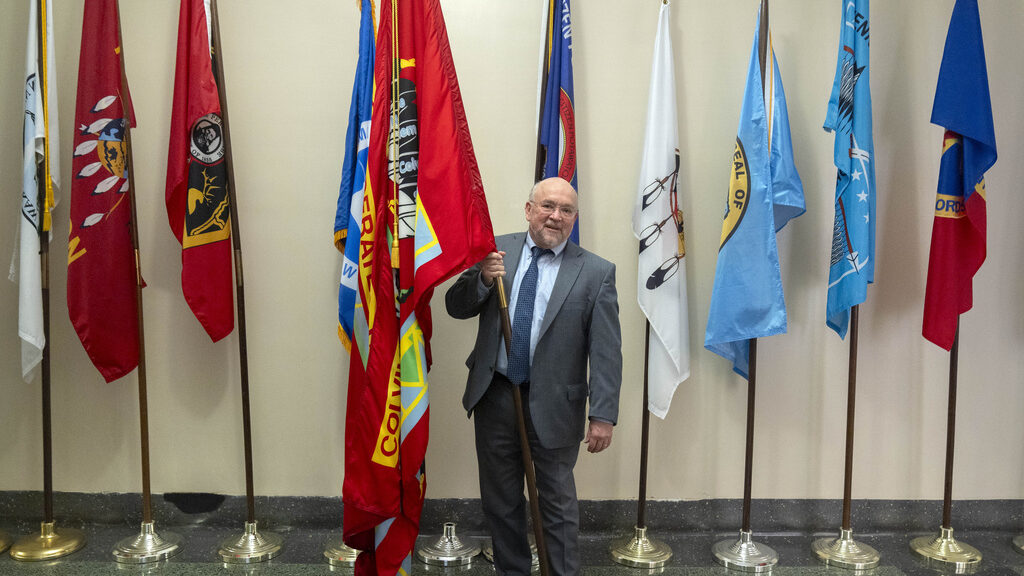EXPLAINER: NATO holds summit with gaze on Russia — and China
Jun 27, 2022, 11:19 PM | Updated: Jun 28, 2022, 5:54 pm
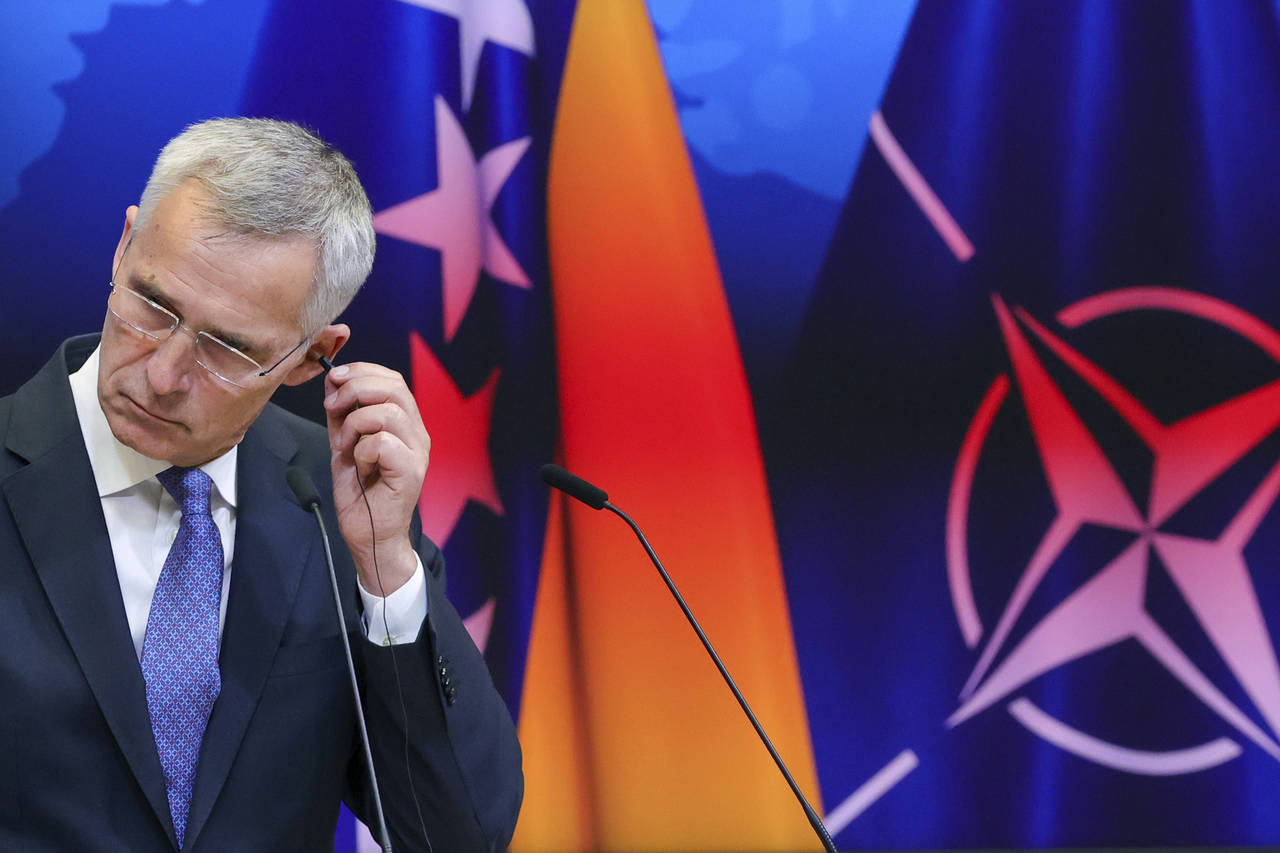
FILE - NATO Secretary General Jens Stoltenberg speaks during a media conference at NATO headquarters in Brussels, Wednesday, May 25, 2022. Seven decades after it was founded, the North Atlantic Treaty Organization is meeting in Madrid on June 29 and 30, 2022 with an urgent need to reassert its original mission: preventing Russian aggression against Western allies. (AP Photo/Olivier Matthys, File)
(AP Photo/Olivier Matthys, File)
MADRID (AP) — Russia’s invasion of Ukraine has shocked NATO back to first principles.
Seven decades after it was founded, the North Atlantic Treaty Organization is meeting in Madrid this week with an urgent need to reassert its original mission: preventing Russian aggression against Western allies.
Leaders of the world’s most powerful military alliance are aiming to increase support for Ukraine’s fight against the Russian invasion, boost forces on NATO’s eastern flank and set priorities for the coming decade — with a new emphasis on checking China’s growing international ambitions.
But the gathering will also showcase the difficulties in keeping 30 nations — from tiny Iceland and Luxembourg to huge Turkey and the United States — aligned in an organization that must make decisions by consensus.
FOCUS ON UKRAINE
NATO was formed after World War II to counter the threat from the Soviet Union and foster cooperation in a shattered Europe. In the years after the collapse of the USSR, the alliance recast Russia not as an adversary but as a “strategic partner.”
No longer.
Russia is NATO’s dominant issue and main adversary, and the Madrid summit will be dominated by how to support Ukraine and bolster defenses along the bloc’s eastern borders, where countries from Romania to the Baltic states worry they may be next in Russian President Vladimir Putin’s sights.
Until late last year, only around 5,000 NATO troops were deployed in the Baltic states and Poland on a rotational basis. Now hundreds of thousands of troops are on heightened alert, with 100,000 U.S. troops in Europe, and 40,000 under direct NATO command, supported by air and naval power.
The summit is set to agree to stockpile weapons and equipment in eastern Europe and to dramatically increase the number of troops based in the region or on standby in their own countries as a rapid-reaction force. There will also be more support for Ukraine to upgrade its military, still reliant on Soviet-era equipment, to modern NATO-standard gear.
The alliance is trying to strike a delicate balance, letting its member nations arm Ukraine without sparking a direct confrontation between NATO and nuclear-armed Russia. That’s one reason Ukraine will not be joining NATO in the foreseeable future, despite being put on the pathway to membership, along with Georgia, in 2008.
Ukrainian President Volodymyr Zelenskyy is scheduled to address the summit by video, but he has acknowledged joining NATO is a distant prospect and is instead focusing on seeking European Union membership.
Expansion of the alliance is on the cards, however. Finland and Sweden have both abandoned their nonaligned status and asked to join NATO as protection from Russia.
TURKEY AS SPOILER?
But Turkey, which has NATO’s second-largest army after the U.S., is set to play spoiler to the aspirations of Sweden and Finland — at least for now.
Turkish President Recep Tayyip Erdogan has insisted that he will only allow the Nordic pair to enter NATO if they change their stance on Kurdish rebel groups that Turkey considers terrorists.
NATO Secretary-General Jens Stoltenberg hosted talks with Turkey, Sweden and Finland last week to work toward a breakthrough, and will meet with the three countries’ leaders on Tuesday, but there’s no guarantee the breakthrough will come in Madrid.
“Turkey has legitimate security concerns over terrorism that we need to address,” Stoltenberg said. “So we will continue our talks on Finland and Sweden’s applications for NATO membership, and I look forward to finding a way forward as soon as possible.”
A UNITED FRONT?
Russia’s invasion upended European security, but NATO’s members take comfort in the fact that the U.S. is back as the pillar of Western defense after four years in which President Donald Trump derided and undermined the alliance.
But there are differences within NATO on military spending. Currently only nine of the 30 members meet the organization’s target of spending 2% of Gross Domestic Product on defense. British Prime Minister Boris Johnson recently urged others to commit more, saying the 2% target is “a floor, not a ceiling.”
Cracks also could emerge over strategy on Russia and Ukraine as the war drags on and debate intensifies over what, if any, concessions Ukraine should make to end the fighting.
“There are still unresolved questions around how NATO as an alliance should deal with Russia in the long term,” said Alice Billon-Galland, research fellow at the Chatham House think-tank. “Do we consider that it’s unredeemable as a neighbor? And what does that mean? Or do we think that at some point we will have to sit down and negotiate a new security architecture with Russia? Allies have been on different pages when it comes to that.”
CHECKING CHINA
With the world in turmoil, the alliance will try to craft a long-term strategy that can stand the test of time. NATO will set out its goals for the coming decade in a new Strategic Concept, the document that identifies its most pressing security concerns and how it will tackle them.
While Russia will remain the top issue, the document will see NATO grapple for the first time with the growing military reach of China, which has set out on an ambitious plan to expand naval bases in the Pacific and in Africa.
The leaders of Japan, Australia, South Korea and New Zealand have been invited as guests to the summit for the first time. All four have been supportive of Ukraine, and Japan has its own territorial disputes with Moscow.
Japanese Prime Minister Fumio Kishida will discuss efforts toward achieving a “free and open” Indo-Pacific, because security in Europe and Asia is inseparable, according to Japan’s chief cabinet secretary, Hirokazu Matsuno.
Insecurity in Africa’s Sahel region and its threats to southern Europe could also earn a mention, as could the threats caused by climate change and the growing waves of migration driven by global warming.
___
Mari Yamaguchi in Tokyo and David Rising in Bangkok contributed.
Copyright © The Associated Press. All rights reserved. This material may not be published, broadcast, rewritten or redistributed.

